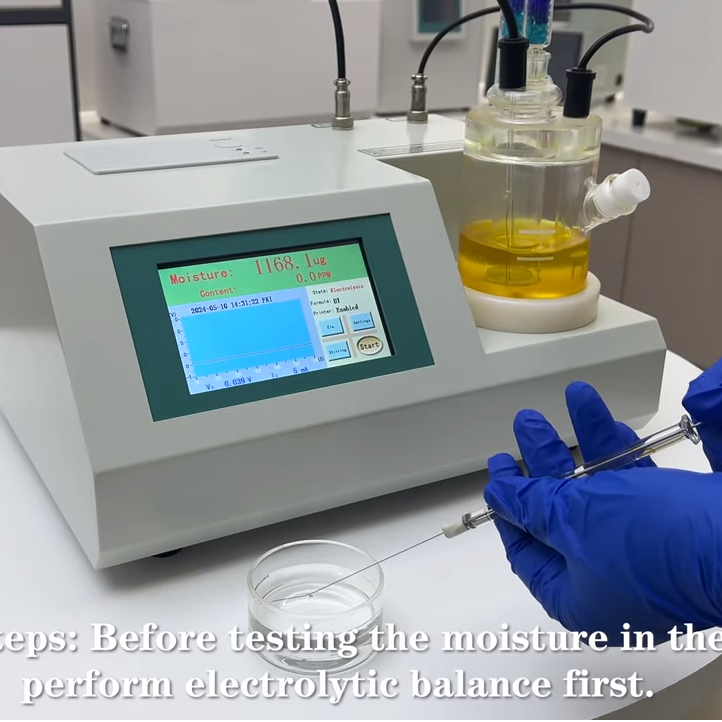 English
English



-
 Afrikaans
Afrikaans -
 Albanian
Albanian -
 Amharic
Amharic -
 Arabic
Arabic -
 Armenian
Armenian -
 Azerbaijani
Azerbaijani -
 Basque
Basque -
 Belarusian
Belarusian -
 Bengali
Bengali -
 Bosnian
Bosnian -
 Bulgarian
Bulgarian -
 Catalan
Catalan -
 Cebuano
Cebuano -
 China
China -
 China (Taiwan)
China (Taiwan) -
 Corsican
Corsican -
 Croatian
Croatian -
 Czech
Czech -
 Danish
Danish -
 Dutch
Dutch -
 English
English -
 Esperanto
Esperanto -
 Estonian
Estonian -
 Finnish
Finnish -
 French
French -
 Frisian
Frisian -
 Galician
Galician -
 Georgian
Georgian -
 German
German -
 Greek
Greek -
 Gujarati
Gujarati -
 Haitian Creole
Haitian Creole -
 hausa
hausa -
 hawaiian
hawaiian -
 Hebrew
Hebrew -
 Hindi
Hindi -
 Miao
Miao -
 Hungarian
Hungarian -
 Icelandic
Icelandic -
 igbo
igbo -
 Indonesian
Indonesian -
 irish
irish -
 Italian
Italian -
 Japanese
Japanese -
 Javanese
Javanese -
 Kannada
Kannada -
 kazakh
kazakh -
 Khmer
Khmer -
 Rwandese
Rwandese -
 Korean
Korean -
 Kurdish
Kurdish -
 Kyrgyz
Kyrgyz -
 Lao
Lao -
 Latin
Latin -
 Latvian
Latvian -
 Lithuanian
Lithuanian -
 Luxembourgish
Luxembourgish -
 Macedonian
Macedonian -
 Malgashi
Malgashi -
 Malay
Malay -
 Malayalam
Malayalam -
 Maltese
Maltese -
 Maori
Maori -
 Marathi
Marathi -
 Mongolian
Mongolian -
 Myanmar
Myanmar -
 Nepali
Nepali -
 Norwegian
Norwegian -
 Norwegian
Norwegian -
 Occitan
Occitan -
 Pashto
Pashto -
 Persian
Persian -
 Polish
Polish -
 Portuguese
Portuguese -
 Punjabi
Punjabi -
 Romanian
Romanian -
 Russian
Russian -
 Samoan
Samoan -
 Scottish Gaelic
Scottish Gaelic -
 Serbian
Serbian -
 Sesotho
Sesotho -
 Shona
Shona -
 Sindhi
Sindhi -
 Sinhala
Sinhala -
 Slovak
Slovak -
 Slovenian
Slovenian -
 Somali
Somali -
 Spanish
Spanish -
 Sundanese
Sundanese -
 Swahili
Swahili -
 Swedish
Swedish -
 Tagalog
Tagalog -
 Tajik
Tajik -
 Tamil
Tamil -
 Tatar
Tatar -
 Telugu
Telugu -
 Thai
Thai -
 Turkish
Turkish -
 Turkmen
Turkmen -
 Ukrainian
Ukrainian -
 Urdu
Urdu -
 Uighur
Uighur -
 Uzbek
Uzbek -
 Vietnamese
Vietnamese -
 Welsh
Welsh -
 Bantu
Bantu -
 Yiddish
Yiddish -
 Yoruba
Yoruba -
 Zulu
Zulu
transformer field testing
Transforming the Future The Importance of Field Testing in Transformer Technology
In the age of rapid technological advancements, the efficiency and reliability of electrical infrastructure have never been more critical. Among the pivotal components of this infrastructure are transformers, which play a vital role in power distribution. To ensure their optimal performance and longevity, field testing has emerged as an essential practice in the transformer industry. This article explores the significance of transformer field testing, the methodologies involved, and the benefits it provides to utilities and industries alike.
Understanding Transformer Field Testing
Transformer field testing refers to the assessment of transformers while they are installed in their operational environments. These tests are crucial for identifying potential issues, measuring operational parameters, and ensuring compliance with industry standards. Unlike factory testing, which occurs during manufacturing, field testing accounts for the operational conditions that a transformer must endure, such as temperature, humidity, and electrical load variations.
Key Methodologies in Field Testing
There are several methodologies employed in transformer field testing, each focusing on different aspects of transformer performance
1. Insulation Resistance Testing This test evaluates the condition of the insulation materials within the transformer. It is crucial to detect moisture ingress or deterioration that can lead to electrical failures.
2. Transformer Turns Ratio (TTR) Testing This test measures the ratio of the primary and secondary windings, ensuring they are within acceptable norms. An improper turns ratio could indicate winding faults or short circuits.
3. Power Factor Testing This test assesses the dielectric losses in the insulation system. A low power factor could signal an aging transformer needing further investigation or rehabilitation.
transformer field testing

4. Sweep Frequency Response Analysis (SFRA) This advanced technique provides insights into the mechanical integrity of the transformer windings by monitoring their frequency response.
5. Dissolved Gas Analysis (DGA) DGA is a critical test for identifying potential internal faults by analyzing gases dissolved in the transformer oil. Increased levels of specific gases can indicate issues such as arcing, overheating, or insulation breakdown.
Benefits of Transformer Field Testing
The benefits of implementing a rigorous field testing regimen for transformers cannot be overstated. Firstly, these tests proactively identify issues before they escalate into catastrophic failures. As transformers are crucial for power distribution, any downtime can significantly impact entire regions, leading to economic losses and disrupted services.
Secondly, field testing provides valuable data that can guide maintenance strategies. By understanding the health and performance trends of transformers, utilities can adopt a predictive maintenance approach, replacing or repairing equipment based on actual need rather than following a rigid schedule.
Moreover, field testing helps in compliance with regulatory requirements. Transformers must meet stringent safety and operational standards, and comprehensive testing ensures adherence to these regulations, thereby protecting both the utility and its consumers.
Conclusion
In conclusion, transformer field testing is a vital aspect of maintaining the efficiency and reliability of electrical power systems. As demand for electricity continues to rise and as green technologies evolve, the importance of ensuring transformer functionality cannot be overlooked. By investing in thorough field testing methodologies, utilities and industries can not only extend the lifespan of their transformer assets but also ensure a stable and reliable power supply for the future. As we move forward, embracing advanced testing technologies will be key to achieving resilience in our energy infrastructures, ultimately transforming the landscape of power distribution.
-
Testing Equipment Industry Sees Major Advancements in 2025: Smart & Precision Technologies Lead the WayNewsJun.06,2025
-
Applications of Direct Current Generators in Renewable Energy SystemsNewsJun.05,2025
-
Hipot Tester Calibration and Accuracy GuidelinesNewsJun.05,2025
-
Digital Circuit Breaker Analyzer Features and BenefitsNewsJun.05,2025
-
Benefits of Real-Time Power Quality Monitoring Devices for Industrial EfficiencyNewsJun.05,2025
-
Earth Fault Loop Testing in High-Rise Building Electrical SystemsNewsJun.05,2025



